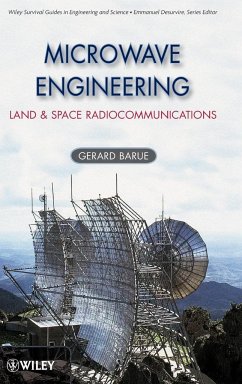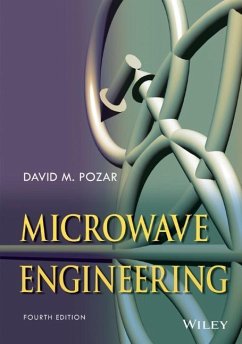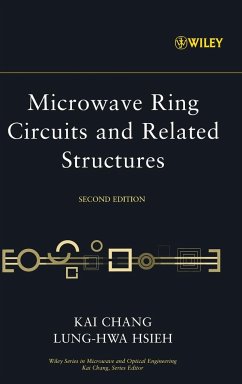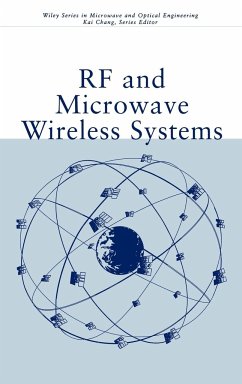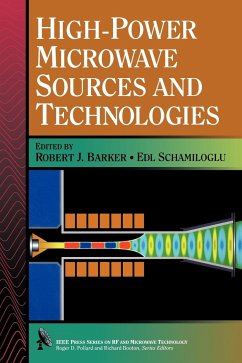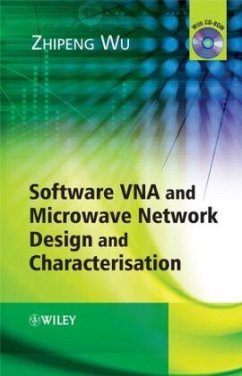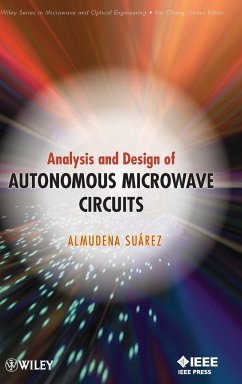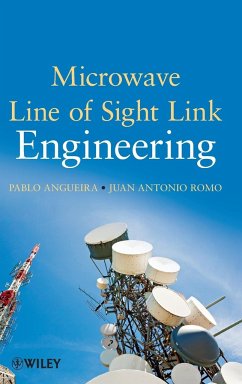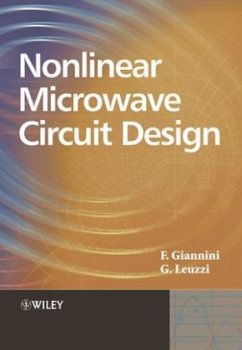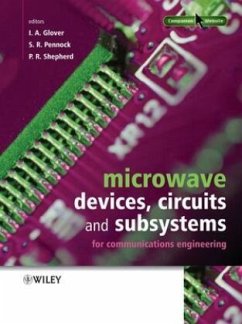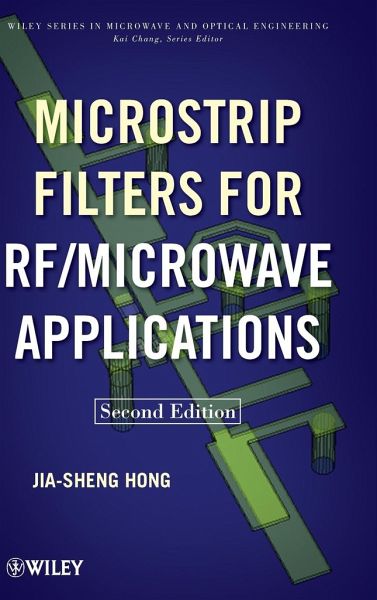
Microstrip Filters for RF / Microwave Applications
Versandkostenfrei!
Versandfertig in über 4 Wochen
170,99 €
inkl. MwSt.
Weitere Ausgaben:

PAYBACK Punkte
85 °P sammeln!
The first edition of "Microstrip Filters for RF/Microwave Applications" was published in 2001. Over the years the book has been well received and is used extensively in both academia and industry by microwave researchers and engineers. From its inception as a manuscript the book is almost 8 years old. While the fundamentals of filter circuits have not changed, further innovations in filter realizations and other applications have occurred with changes in the technology and use of new fabrication processes, such as the recent advances in RF MEMS and ferroelectric films for tunable filters; the ...
The first edition of "Microstrip Filters for RF/Microwave Applications" was published in 2001. Over the years the book has been well received and is used extensively in both academia and industry by microwave researchers and engineers. From its inception as a manuscript the book is almost 8 years old. While the fundamentals of filter circuits have not changed, further innovations in filter realizations and other applications have occurred with changes in the technology and use of new fabrication processes, such as the recent advances in RF MEMS and ferroelectric films for tunable filters; the use of liquid crystal polymer (LCP) substrates for multilayer circuits, as well as the new filters for dual-band, multi-band and ultra wideband (UWB) applications.
Although the microstrip filter remains as the main transmission line medium for these new developments, there has been a new trend of using combined planar transmission line structures such as co-planar waveguide (CPW) and slotted ground structures for novel physical implementations beyond the single layer in order to achieve filter miniaturization and better performance.
Also, over the years, practitioners have suggested topics that should be added for completeness, or deleted in some cases, as they were not very useful in practice.
In view of the above, the authors are proposing a revised version of the "Microstrip Filters for RF/Microwave Applications" text and a slightly changed book title of "Planar Filters for RF/Microwave Applications" to reflect the aforementioned trends in the revised book.
Although the microstrip filter remains as the main transmission line medium for these new developments, there has been a new trend of using combined planar transmission line structures such as co-planar waveguide (CPW) and slotted ground structures for novel physical implementations beyond the single layer in order to achieve filter miniaturization and better performance.
Also, over the years, practitioners have suggested topics that should be added for completeness, or deleted in some cases, as they were not very useful in practice.
In view of the above, the authors are proposing a revised version of the "Microstrip Filters for RF/Microwave Applications" text and a slightly changed book title of "Planar Filters for RF/Microwave Applications" to reflect the aforementioned trends in the revised book.



